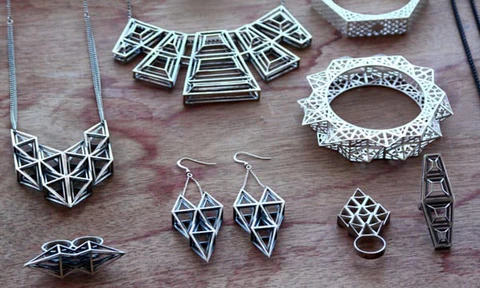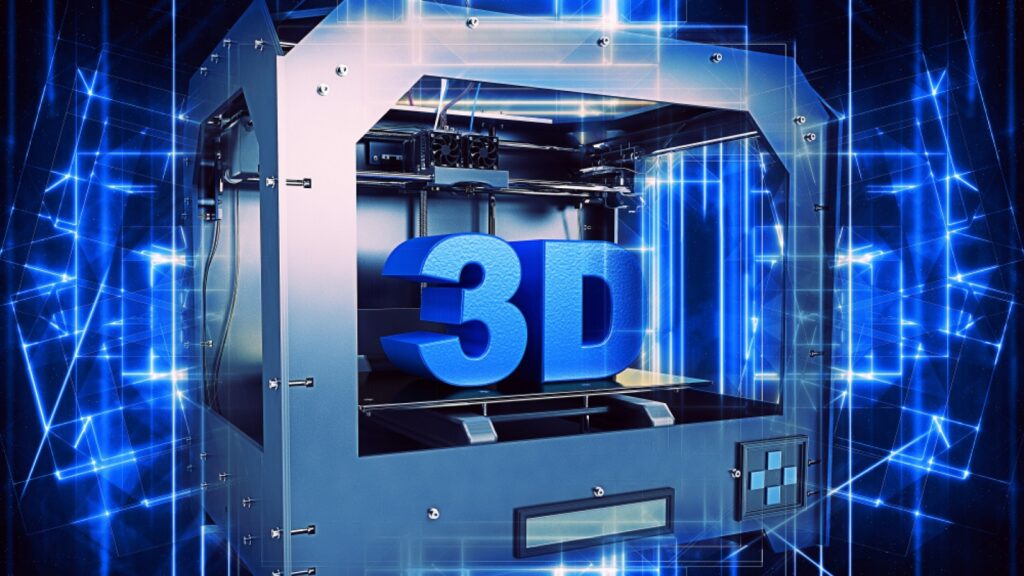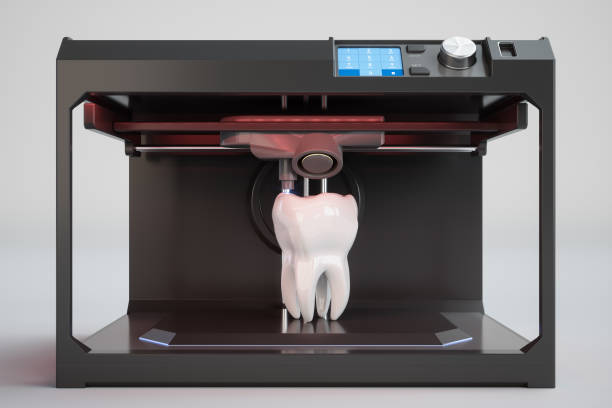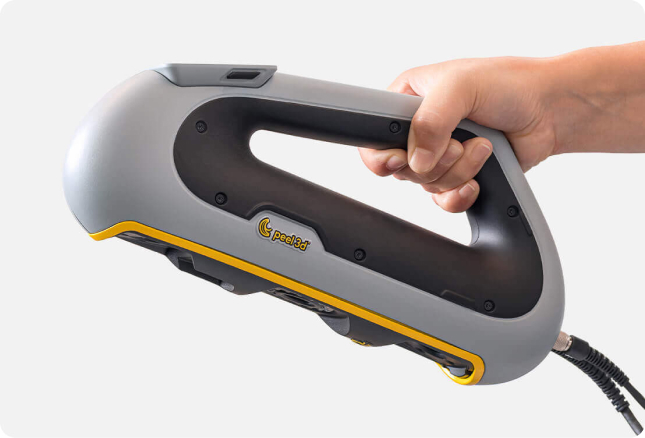After spending countless hours testing different models, I’ve narrowed down the best resin 3D printers that have genuinely transformed my jewelry making process. These aren’t just random recommendations – these are machines I’ve personally tested and can vouch for.
As a jewelry designer who’s been in the business for over a decade, I’ve watched 3D printing revolutionize our industry. When I first started incorporating 3D printing into my workflow five years ago, it was a game-changer – but finding the right printer wasn’t easy.
After countless resin spills (and a few choice words muttered in my workshop at 2 AM), I’ve tested enough printers to know which ones actually deliver on their promises. Here are the three resin printers that have earned a permanent place in my studio.
Formlabs Form 4: The Professional’s Secret Weapon
I’ll be honest – when I first saw the price tag on the Form 4, I hesitated. But after using it for eight months now, I can tell you it’s worth every penny if you’re serious about jewelry design.

What separates this printer from everything else I’ve tried is the absolutely stunning level of detail it captures. The LFS technology (Low Force Stereolithography) produces prints with such smooth surfaces that I’ve been able to cut down my post-processing time by almost half. That alone has made it worth the investment for my small business.
The standout feature for jewelry work? The precision on tiny details – think delicate filigree, micro pavé settings, and intricate lattice structures. These come out so clean that my casting house actually commented on the difference compared to my previous printer.
Is it expensive? Yes. Would I buy it again? In a heartbeat. For professional jewelers who need perfection in their prints, especially for client work, this is the machine I recommend without hesitation.
>>>Check current prices for the Formlabs Form 4<<<
Anycubic Photon Mono X: The Perfect Middle Ground
Not everyone needs (or can justify) spending big on their first resin printer. That’s where the Anycubic Photon Mono X comes in – it’s what I recommend to my students and fellow designers who are getting serious about digital jewelry creation.

After using one in my weekend workshop space for almost a year, I’ve been consistently impressed by how much printer you get for the money. The 6K resolution gives you plenty of detail for most jewelry applications – I’ve successfully printed engagement ring prototypes with intricate basket details that showed up beautifully.
What really surprised me was the printing speed. I can churn out a batch of ring models in about half the time of my previous printer, which makes a huge difference when you’re iterating on designs or fulfilling custom orders.
The build volume is also surprisingly generous. I recently printed an entire collection of bracelet prototypes in a single batch – something that would have required multiple prints on smaller machines.
For anyone who’s moving beyond casual hobby work into more serious jewelry making, this hits the sweet spot between affordability and professional capability.
>>>See the latest deals on the Anycubic Photon Mono X<<<
Elegoo Mars 2 Pro: Best Bang for Your Buck
I originally bought the Elegoo Mars 2 Pro for my home studio as a backup printer, but it quickly became the machine I recommend to friends who are curious about jewelry printing but don’t want to invest too heavily right away.

What impressed me most was how user-friendly it is without sacrificing quality. The 2K resolution handles most jewelry designs just fine – I’ve successfully printed detailed signet rings, pendants, and even some intricate earring designs with excellent results.
Where this printer really shines is reliability. Despite being in the budget category, mine has been running almost non-stop for over a year with zero mechanical issues. For a beginner-friendly printer, that kind of dependability is gold.
The smaller build volume means you can’t batch as many pieces, but for individual designs or a small jewelry business just starting out, it’s more than adequate. And the resin efficiency is noticeably better than some pricier models I’ve tried.
For someone dipping their toes into jewelry 3D printing or a student learning the ropes, this printer offers remarkable value.
>>>Check today’s price on the Elegoo Mars 2 Pro<<<
Before I invested in resin printing, I tried making jewelry with FDM printers (the kind that use plastic filament). It was a frustrating experience – the layer lines were visible, details were lost, and the castings always required extensive clean-up.
Why I Switched to Resin Printing for My Jewelry Business
Resin printing changed everything for my business. The surface quality alone makes post-processing so much easier, but it’s the ability to capture those tiny details that really matters in jewelry design. When you’re creating pieces that will be worn and closely examined, that level of precision is non-negotiable.
What sold me was seeing my first castings from resin-printed models. The difference was night and day – clean lines, smooth curves, and details that previously would have been impossible to achieve.
Final Thoughts From My Workshop
After five years of integrating 3D printing into my jewelry business, I can confidently say that any of these three printers will serve you well depending on your needs and budget.
The Formlabs Form 4 remains my go-to for client work where perfection is essential. The Anycubic Photon Mono X has become my workhorse for production and prototyping. And the Elegoo Mars 2 Pro has earned its place as the printer I recommend to anyone looking to get started without breaking the bank.
What’s been your experience with 3D printing for jewelry? I’d love to hear which printers have worked for you in the comments below.
This article contains affiliate links, which means I may receive a small commission if you purchase through these links. This helps support the workshop tours and tutorials I offer on this site at no extra cost to you.



